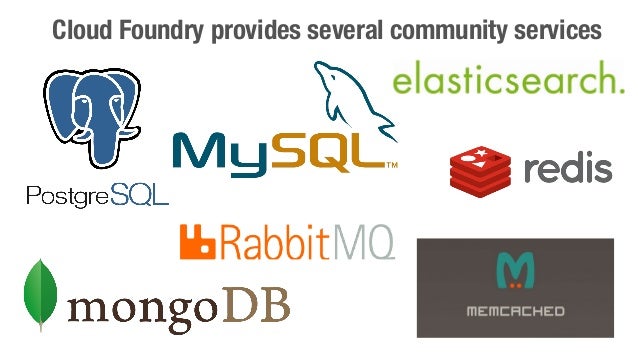

# Provide endpoint, credentials when prompted Issue the following commands to log in to Cloud Foundry and push your app You should be ready with the final jar file (assuming you are using packaging type as jar) to do the deployment.ġ. Ensure that you use the Maven Spring Boot plugin so that all your dependencies are packaged in the deployable. You should have a Java Spring Boot app ready to deploy it should compile well and if you are using a build tool like maven, you should run the mvn package command.You should have the Cloud Foundry CLI installed on your machine from where you will be initiating the deployment using the cf push command.You can run Cloud Foundry on your own servers as well.

Cloud Foundry is also provided as a managed service from some public Cloud Providers.

You should have a Cloud Foundry instance and a space setup.Preparing Your Cloud Foundry App Prerequisites You will be attaching to a different port like 5000 on which the JVM would be listening for connections from your IDE. However, you won't be attaching your remote debug session with that port. A typical example is an app that exposes some REST endpoints listening on some server port like 8080. You just need to ensure that the JVM is up and running when you start your remote debugging session. It need not be a Spring Boot app for you to attach a remote debugger.
Run a local cloud foundry instance how to#
In this article, we will see how to establish a remote debugging session with a remotely running Java Spring Boot app in Cloud Foundry. IntelliJ Idea is a popular IDE, especially for Java developers. While debugging a remotely running app in production is generally not a good idea, the ability to remote debug apps in lower environments, like integration testing, may be useful.Ĭloud Foundry is a platform that allows you to deploy and run your workloads easily and intuitively. While debugging Java applications in an IDE like IntelliJ Idea is straightforward, it involves slightly more effort to debug a remotely running app.


 0 kommentar(er)
0 kommentar(er)
